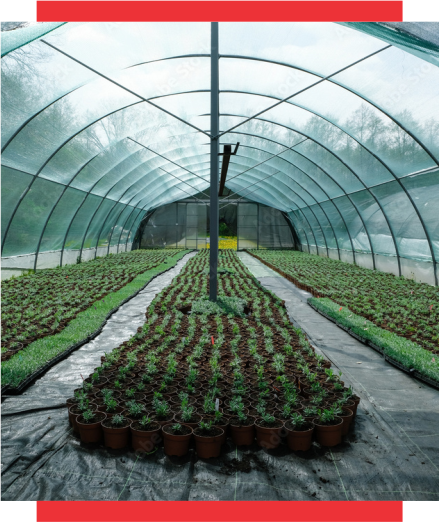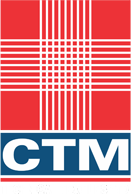
Agricultural
Agriculture has been amongst the most primal occupations of the humankind and is still a major industry, globally. In this era of modernization and high technological advancements, it has spread its horizons and started using man-made, non-conventional textiles, called “technical textiles”.
Tapping the potential of technical textiles and putting their vital properties to an advantage; agriculture, horticulture, forestry and fishing segments (all the four sectors combined together are popularly called as “Agrotech” sector) are increasingly using them for equipment development and other applications.
This textile sector comprises of all textiles that are used in growing, harvesting, protection and storage of either crops or animals. It includes diverse items such as fishing nets and fishlines, ropes, shade fabrics, mulch mats, woven and non-woven covers for crops, bird protection nests, etc. These textiles are driving the sector profitably by improving the productivity and reducing the need for chemicals.
As a consequence, we can say that agro textile exploiting a vital role to assist the atmosphere with crop production, eliminate variations in climate, weather transformation, and generate optimal conditions for plant improvement. Thus, the demand for textile goods in the field of agriculture has been pointed up and playing their role to diminish the usage of poisonous pesticides, and herbicides to render a healthy farming culture underlined.
Key functional properties of Agro-Textile products are as follows
- Weather resistance
- Resistance to micro-organisms
- Light Weight
- Resistant to solar radiation
- Resistant to ultraviolet radiation
- Long service life
- Biodegradability
- Water conservation
- Stable construction
- Tensile strength
- Abrasion resistance
- Protection properties
Application of Agro-Textile
Mulch mat
It is used for reducing the growth of weed by covering the soil, blocking the sunlight.
Fishing nets
Fishing nets are knitted fabrics. They are used for fishing.
Windshield
Windshield protects crops, small trees and plants from strong winds. Healthy trees can be seen if they are protected from strong winds.
Bird protection net
It protects seeds, crops and fruit from damage, caused by birds and other pests. But the mesh size is big enough to allow the movement of bees.
Mosquito protection nets
It protects cattle from mosquito and harmful insects.
Harvesting nets
Fruits, which are susceptible to mold infections, darkened kernels, insect and bug invasion due to laying on the ground, can be protected by this net.
localized irrigation
Porous tube connects the whole field with watering pipe. It controls uniform watering throughout the field and garden.
Support nets
These nets support climbing vines and vertical growing plants and also facilitate flower growing. It supports large fruit to hold in plants
Insect meshes
This mesh keeps pollinating insects inside the mesh. They retain harmful insects from entering greenhouses and tunnels.
Purposes served by technical textile products in Agricultural sector:
- Preventing erosion and paving way for afforestation
- In greenhouse cover and fishing nets
- For Layer separation in fields
- In Nets for plants, rootless plants & protecting grassy areas
- As sun screens (since they have adjustable screening)and wind shields
- As packing material and in bags for storing grass (that has been mowed)
- Controlling stretch in knitted nets
- Shade for basins
- Anti-birds nets
- Fabrics for sifting and separation, for the phases of enlargement of the larvae
- Materials for ground and plant water management at the time of scarcity and
- abundance of water.
